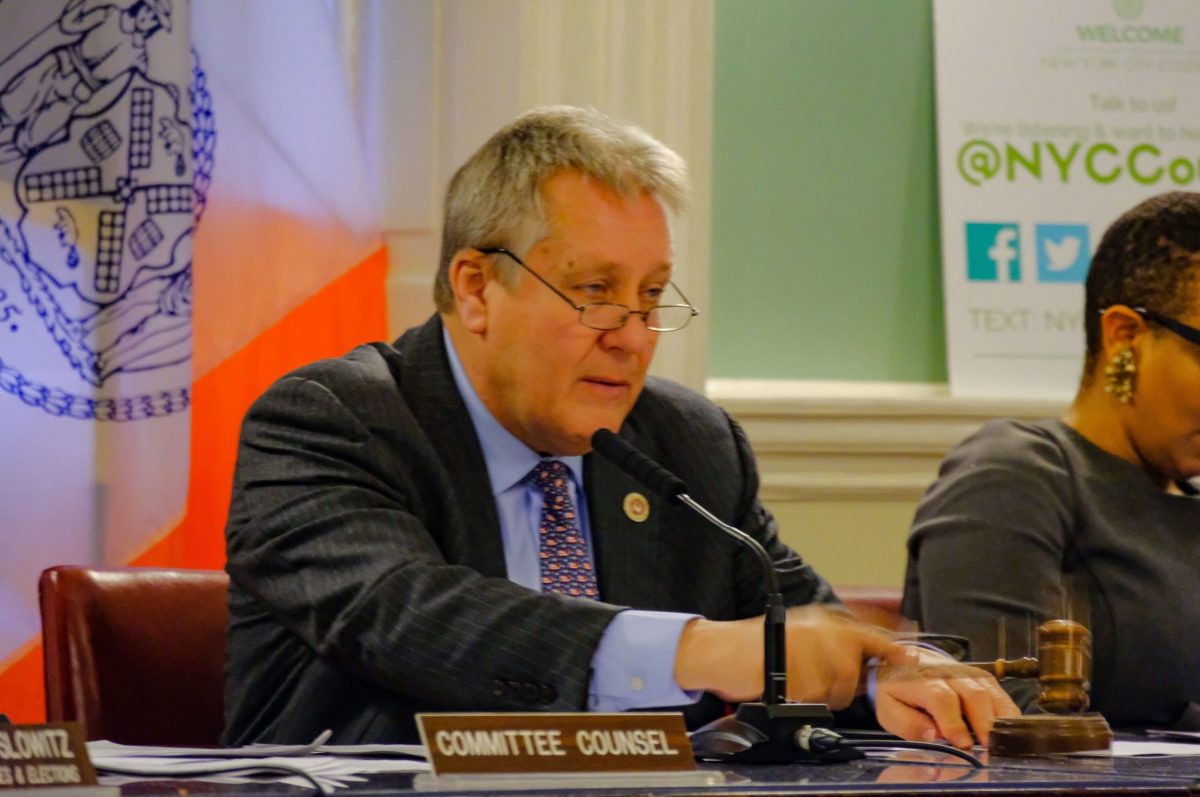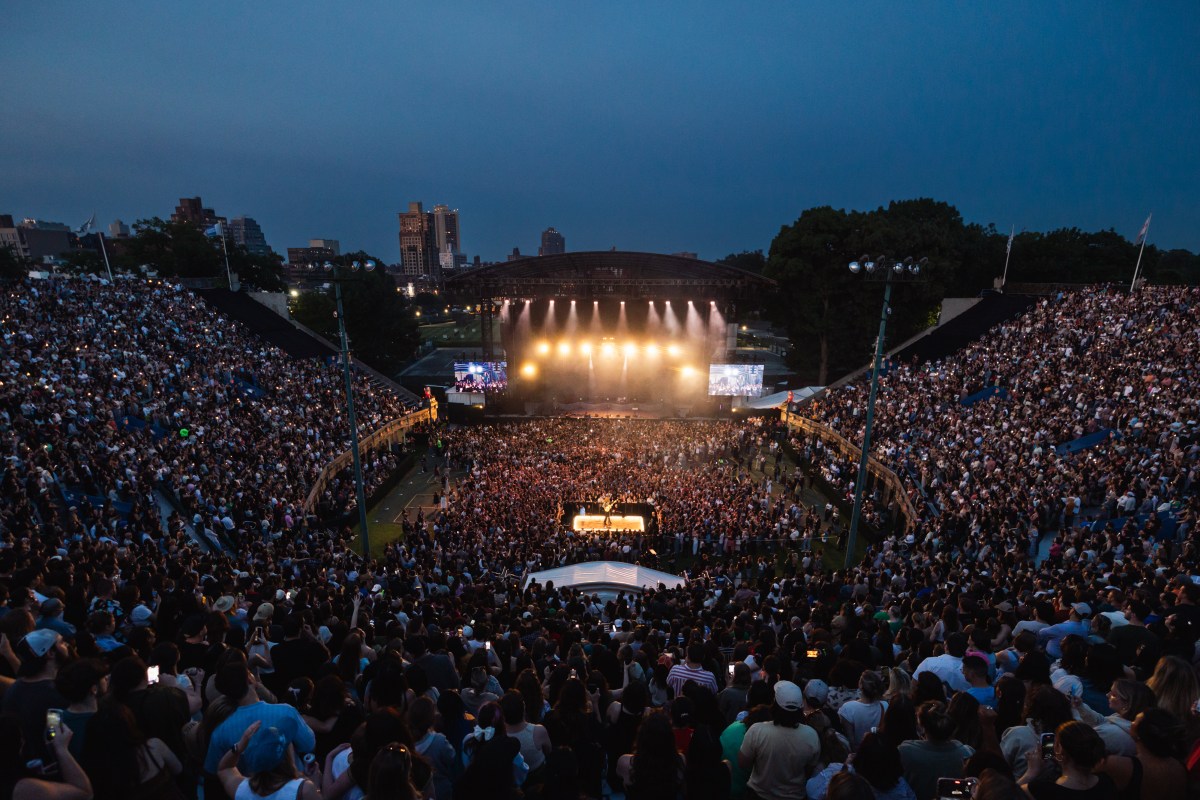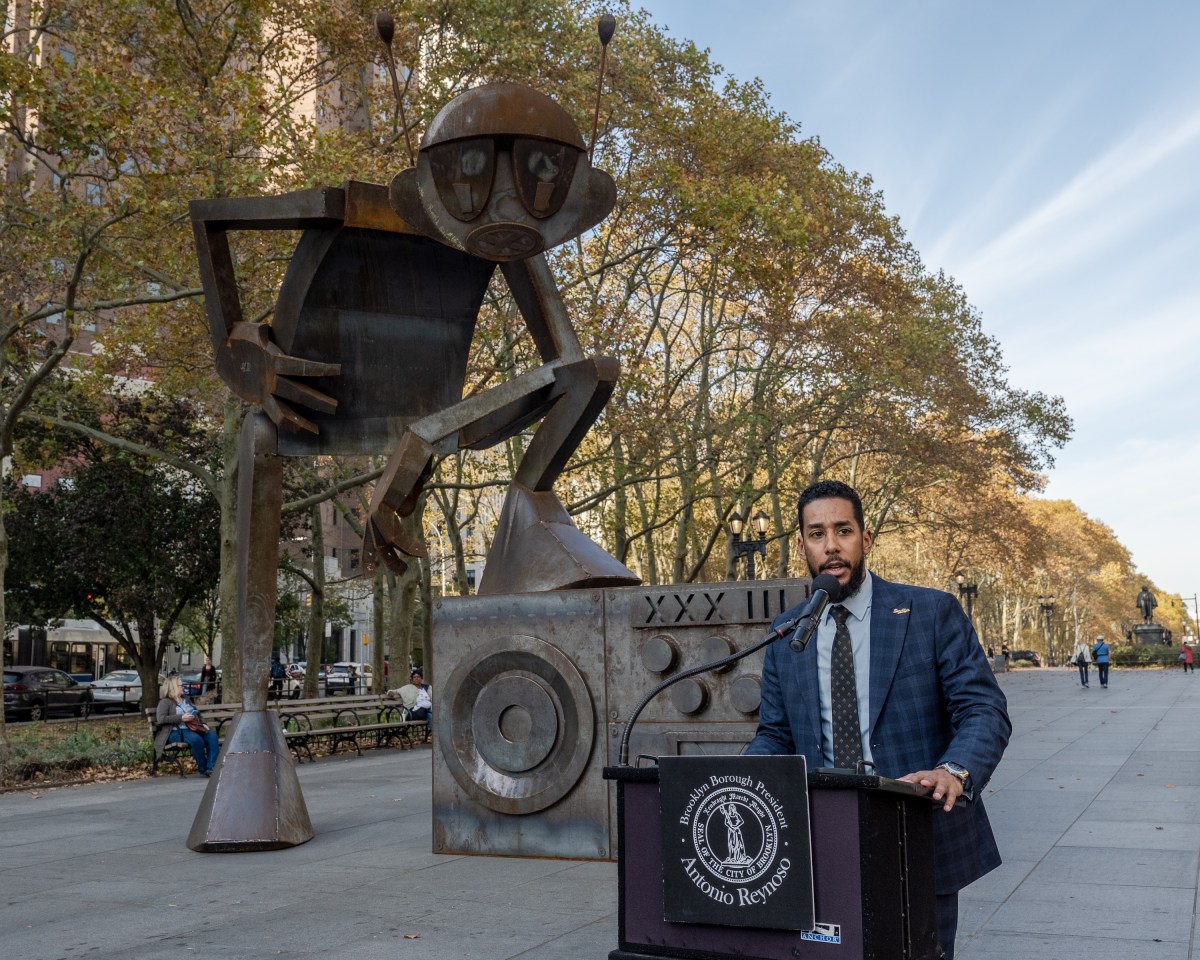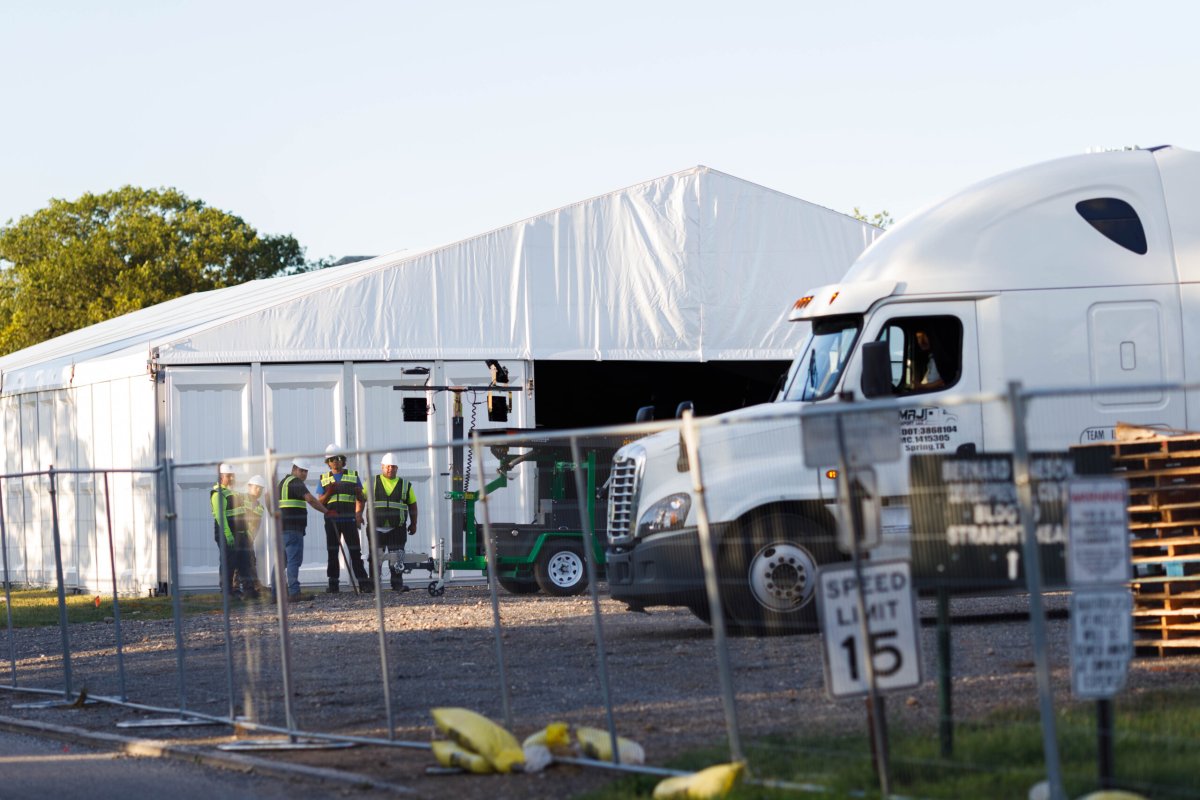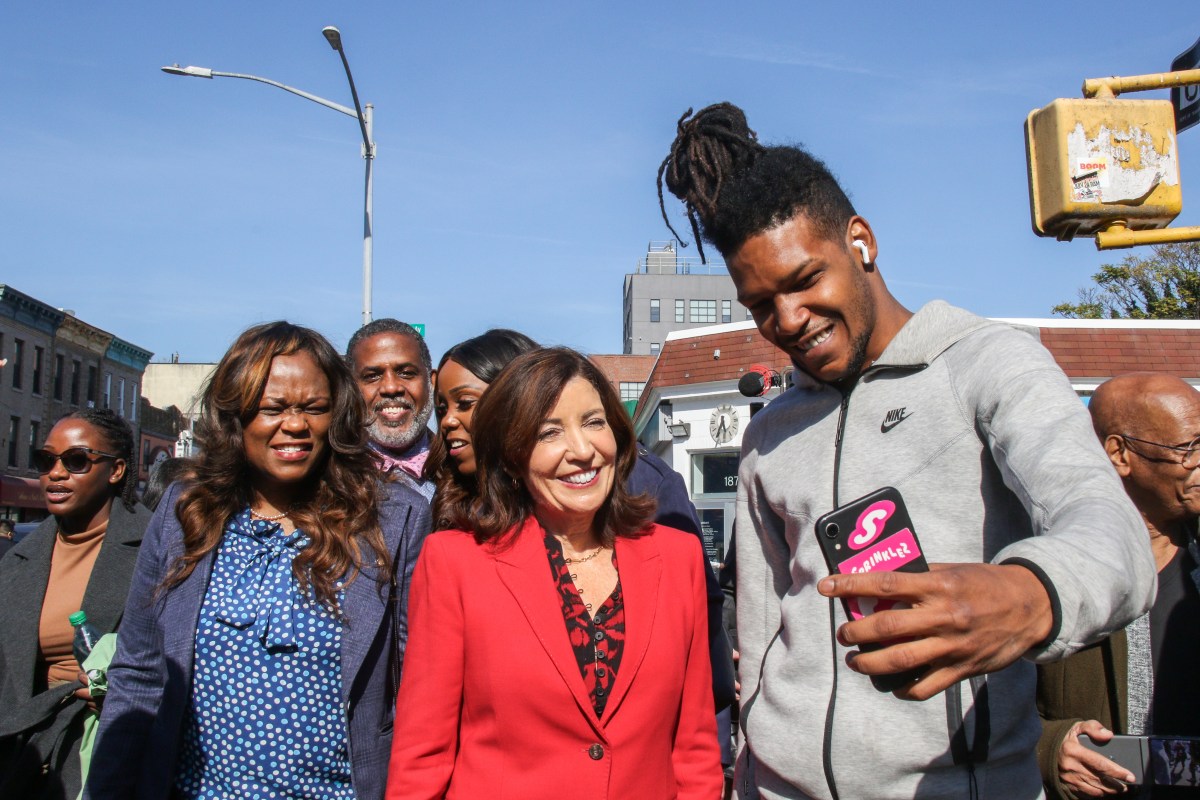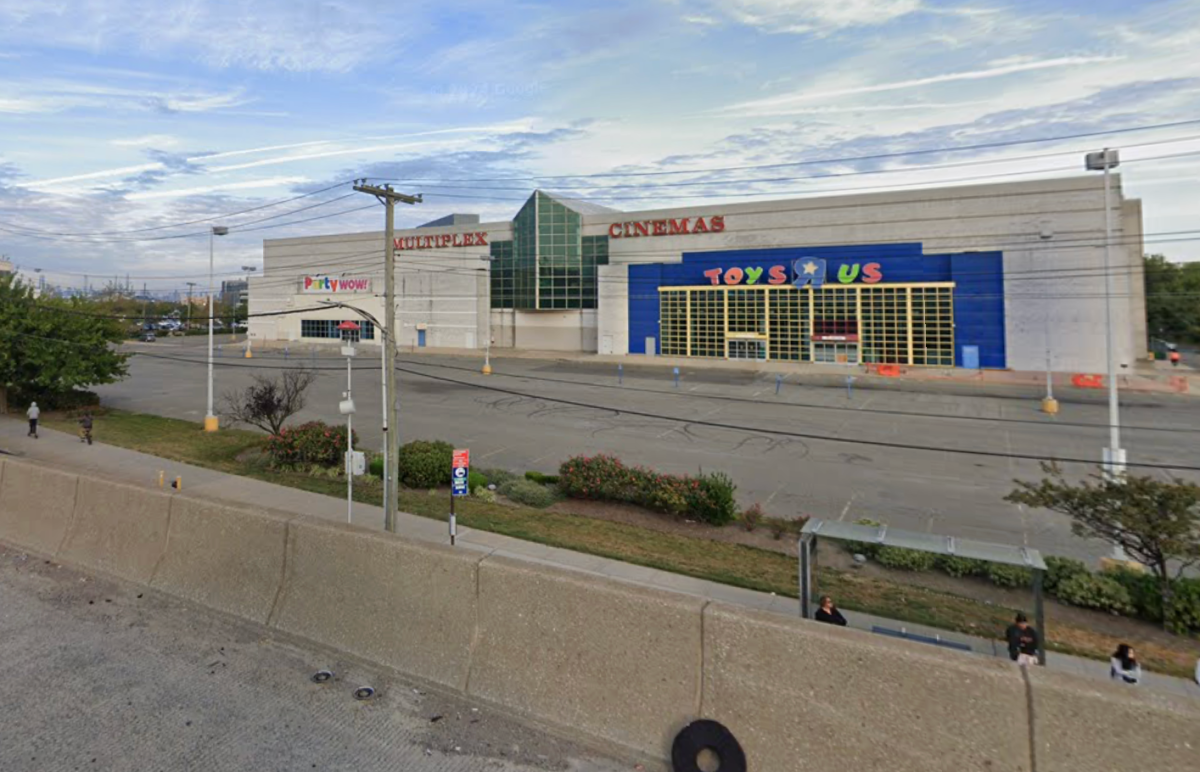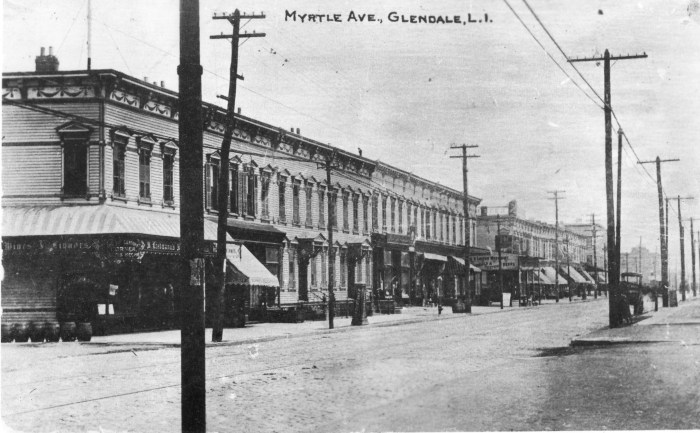New York City Council’s Finance Committee needed two rounds of discussion before allowing a bill that would create a public database for capital projects to go to a full vote.
Additionally, the committee approved a plan to expand the Flushing Business Improvement District in Queens, and increase the amount invested in the Downtown Flushing Transit Hub.
Regarding the capital projects bill, sponsored by Brooklyn Councilman Brad Lander, would give the public a peek at how the city spends money. There wasn’t much of a debate over the bill during the hearing, which lasted about 45 minutes.
“The public as well as the press have all experienced issues with capital projects moving forward and tracking how much money is being spent,” Lander said. “There’s no way to know which projects are costing too much [or] which projects are moving too slow.”
Currently, the public and the press can navigate for information the NYC Capital Projects Dashboard, which the bill seeks to replace because of the database’s limitation of tracking only capital projects of $25 million or more. City Council members receive quarterly reports on capital projects from city agencies — sometimes only if the projects go over budget.
Individual city agencies also have their own dashboards, such as the Parks Department. Lawmakers hope the reform bill would lead to a more centralized search system.
Queens Councilman Daniel Dromm sponsored the bill after Queens Community Board 7 approved the district extension last June. Bill supporters believe it will strengthen the bond between the BID and the Flushing community.
This was followed by approval by the City Planning Commission in August.
“Since the BID was founded in 2003, we’ve seen increased density… and as such need expanded services,” said Tina Lee, co-chair of the Flushing BID.
Lee said the hub — with over 20 bus lines, the 7 train and the Long Island Rail Road — has made Flushing into a growing destination with a range of business.
The bill would increase the BIDs budget from $350,000, which has not increased since 2003, to $620,000 annually. BIDs typically use these resources for items such as additional sanitation services and graffiti cleanups.
Currently, the Flushing BID covers ground from Northern Boulevard to Sanford Avenue, and Union Street and Prince Street. The BID is requesting that the southern border be expanded to Franklin Avenue, and College Point Boulevard in the west to Union Street in the East.
Bronx Councilman Mark Gjonaj, however, was not convinced that expanding the BID’s territory and use of allocated funding would be truly beneficial to the brick-and-mortar stores that may be struggling from other factors.
In the end, the Finance Committee unanimously approved both bills, sending them to a full City Council vote.



